Engineer Noshir Sheriaji Gowadia was born in Bombay (now Mumbai) in 1944, and came to the United States in the summer of 1963 to study aeronautical engineering.
He was adopted by a French family as a child. Considered a prodigy, by the age of 15,educational institutions determined that he had the equivalent of a doctorate.
He began working for Northrop (now Northrop Grumman) in 1968 and became a US citizen in 1969. At Northrop, Gowadia held the position of design engineer and was involved in the B-2 Spirit program.
He contributed greatly to the success of the "Ghost" by creating the Infrared-Shielded Exhaust System - a system that combines design elements and materials to reduce the heat signature of the engine, thereby making the B-2 Spirit difficult to detect by infrared sensors.

Gowadia, an Indian-American engineer who played a major role in creating the B-2 Spirit. Photo: Wiki Leak
Gowadia, whose internal nickname was “Bluberry Milkshake,” once claimed that “I came up with the whole geometry,” and combined with his creativity, the B-2 Spirit remains the world’s most stealthy strategic bomber with a very small radar cross section, making it difficult to detect by infrared sensors or optical observations.
Gowadia left Northrop in 1986 due to health problems, but he later founded his own defense consulting firm in Albuquerque and retained his security clearance.
Gowadia continued to work with the US government on numerous classified projects including a CIA aircraft and various nuclear weapons as a contractor until his security clearance was revoked in 1997 following a contract dispute.
Faced with cost pressures, especially the huge mortgage on a luxury villa in Maui, Hawaii, Gowadia decided to look overseas for clients.
Gowadia's destination was China, and according to reports, Gowadia traveled to the country several times and provided top secret information on stealth propulsion system technology between 2003 and 2005. Gowadia was paid about $110,000 for his deals with China.
According to information from the United States Air Force (USAF), during his visits to China, Gowadia visited an aviation testing facility to identify design flaws, technical defects, as well as provide briefings and presentations on exhaust systems on rocket engines, explaining heat signatures.
Beijing has used Gowadia's knowledge to build stealth cruise missiles and the Xi'an H-20 bomber project.
In May 2025, satellite imagery revealed a stealth drone at China’s Malan test base that looked very similar to the B-2 Spirit. Analysts linked it to China’s H-20 bomber program or a new high-altitude stealth drone.
The tailless design and infrared-reducing exhaust show a direct link to the design Gowadia shared two decades ago.
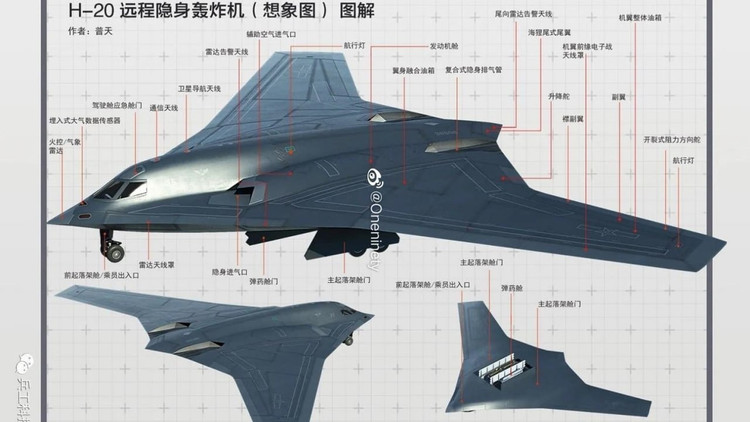
China's H-20 stealth bomber.
In addition to China, Gowadia shared classified information with individuals and clients in Germany, Israel, and Switzerland. The USAF said it had evidence that Gowadia provided classified information about the TH-98 Eurocopter, the Swiss Air Force version of the Eurocopter AS532 Cougar multi-role helicopter (now the Airbus Helicopter H215M), to a foreign government official stationed in Switzerland. Gowadia also sent other classified information to companies in Germany and Israel.
On October 13, 2005, FBI agents arrested Gowadia at his luxury condo in Hawaii and seized numerous classified documents. In 2010, Gowadia was convicted on 14 of 17 federal charges including espionage, violations of the Arms Export Control Act, and other related charges.
Prosecutors say Gowadia's disclosures undermined US national security by giving China access to stealth technologies that could challenge US military dominance.
Meanwhile, Gowadia's defense attorneys argued that he was only sharing information that had already been released to the public and argued that the government had over-protected the documents.
The defense also portrayed Gowadia not as a traitor but simply an engineer who wanted to develop aviation technology and that what he did did not harm the interests of the United States.
Gowadia was ultimately sentenced to 32 years in prison and is still serving his sentence.
Source: https://khoahocdoisong.vn/ky-su-ban-bi-mat-b-2-spirit-chi-de-tra-tien-mua-biet-thu-post1550783.html


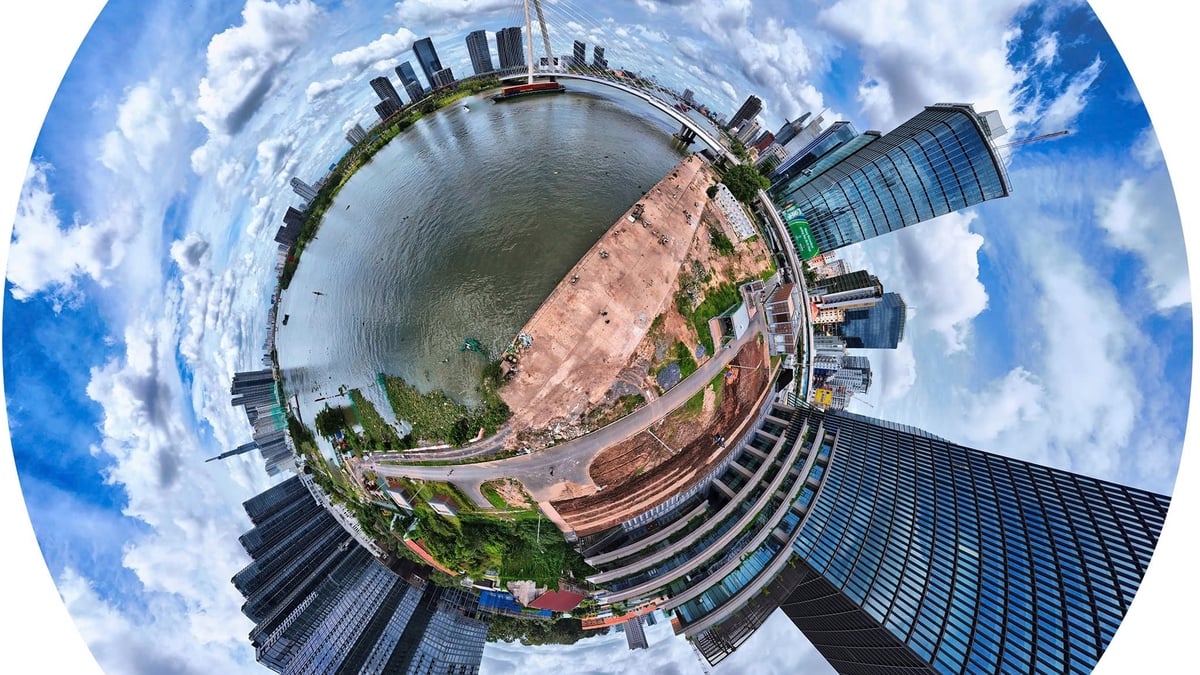



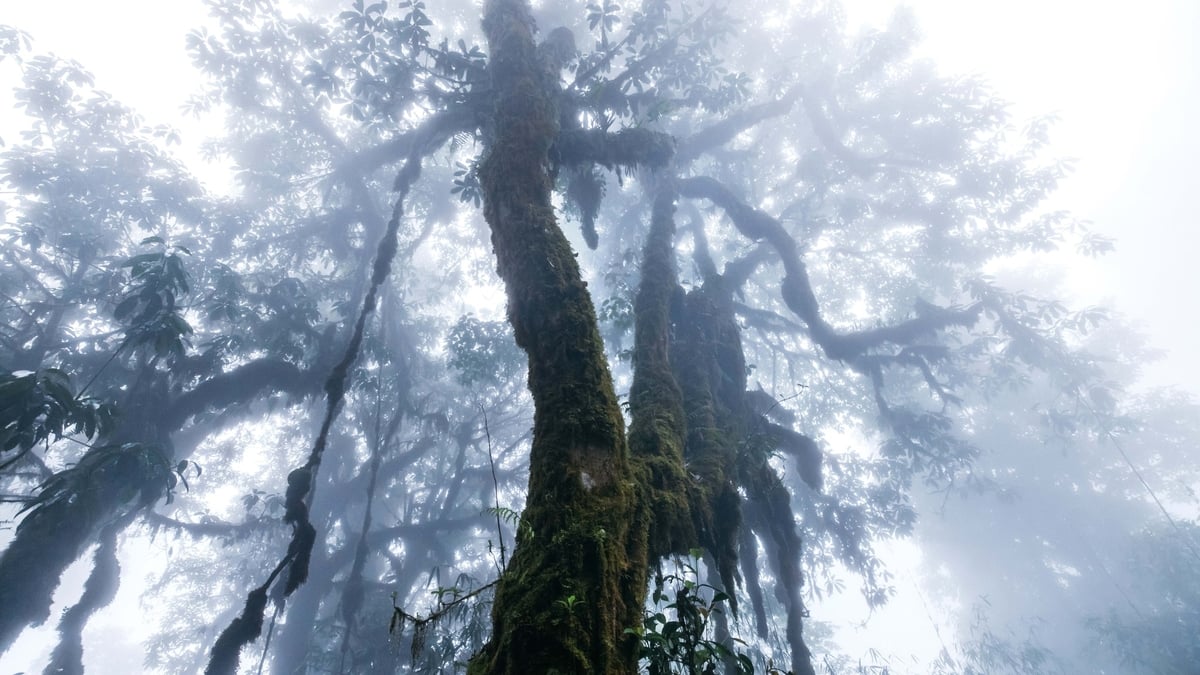

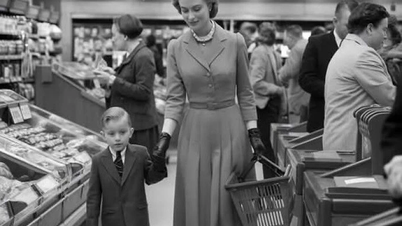

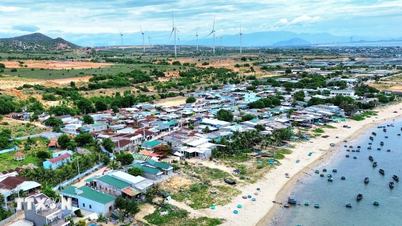

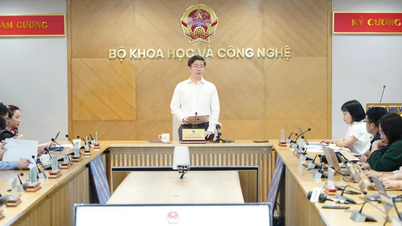








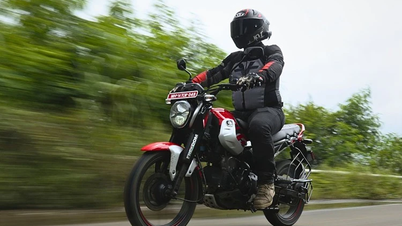
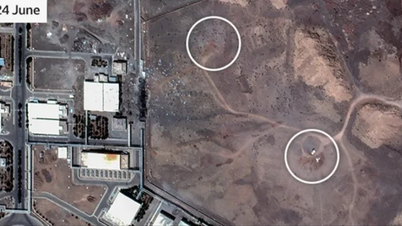
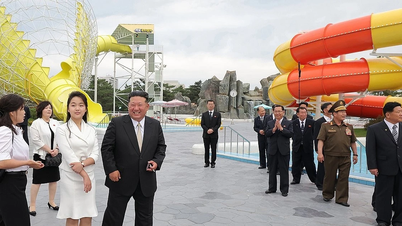

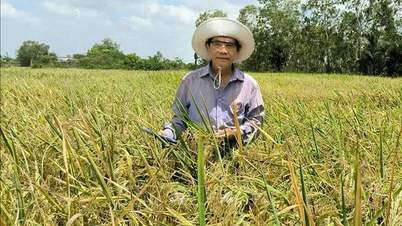
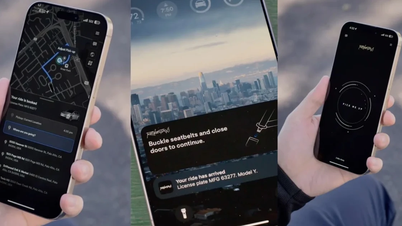
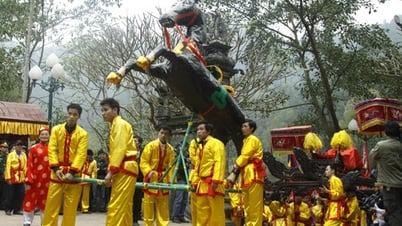

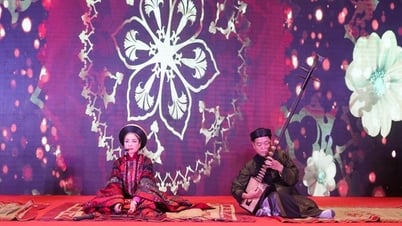
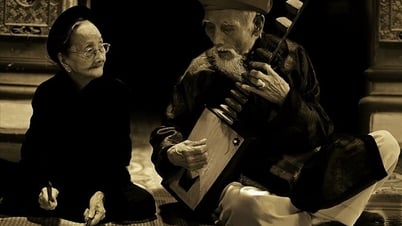

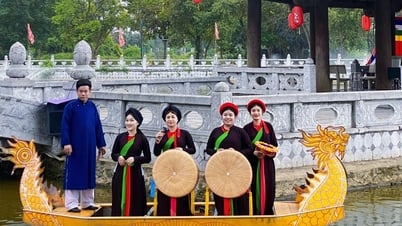

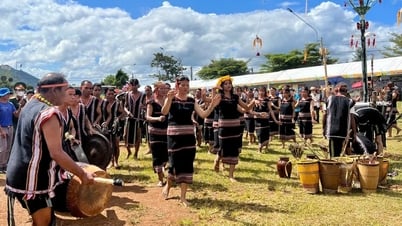

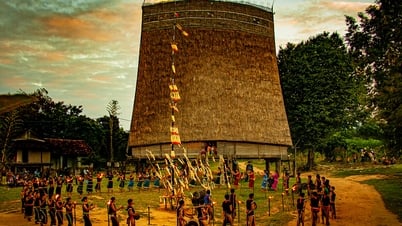

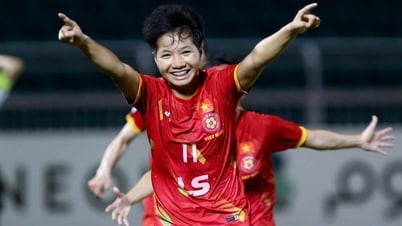



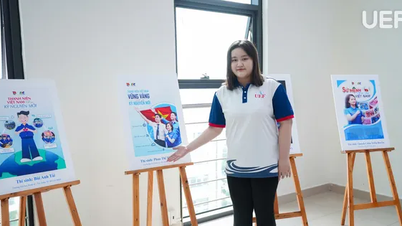

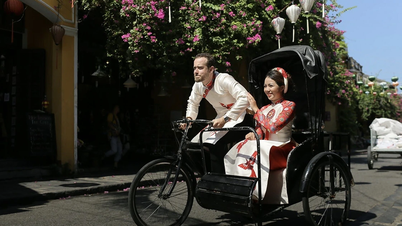


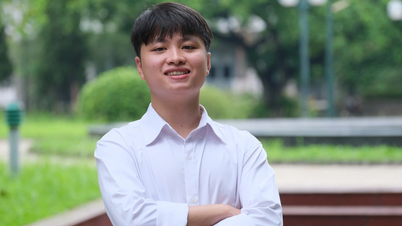








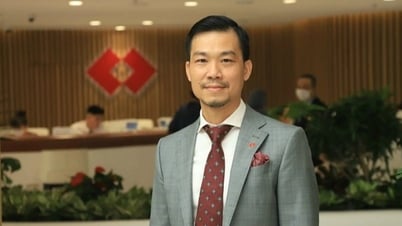


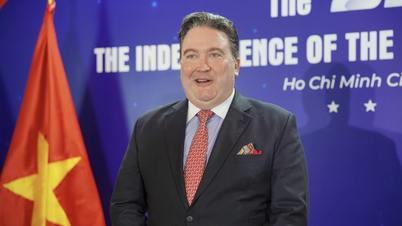

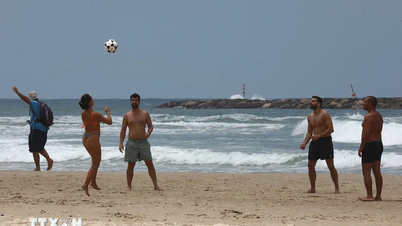


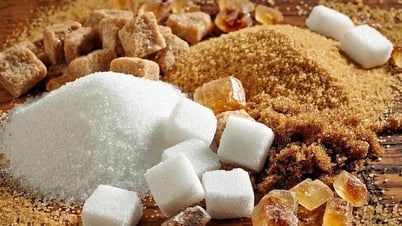



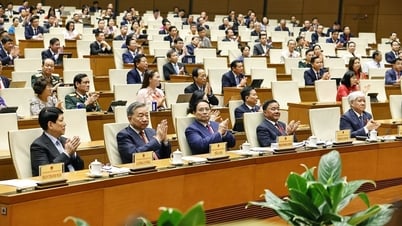



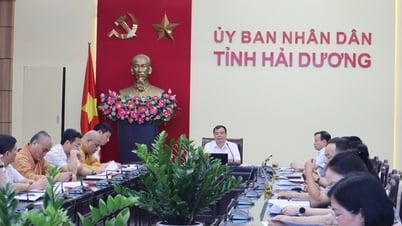


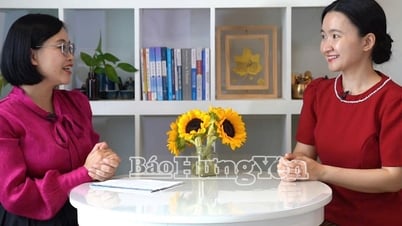

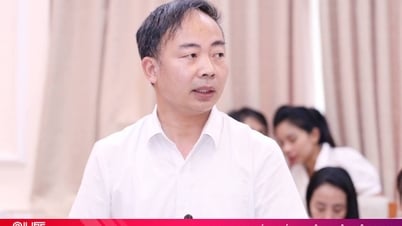



















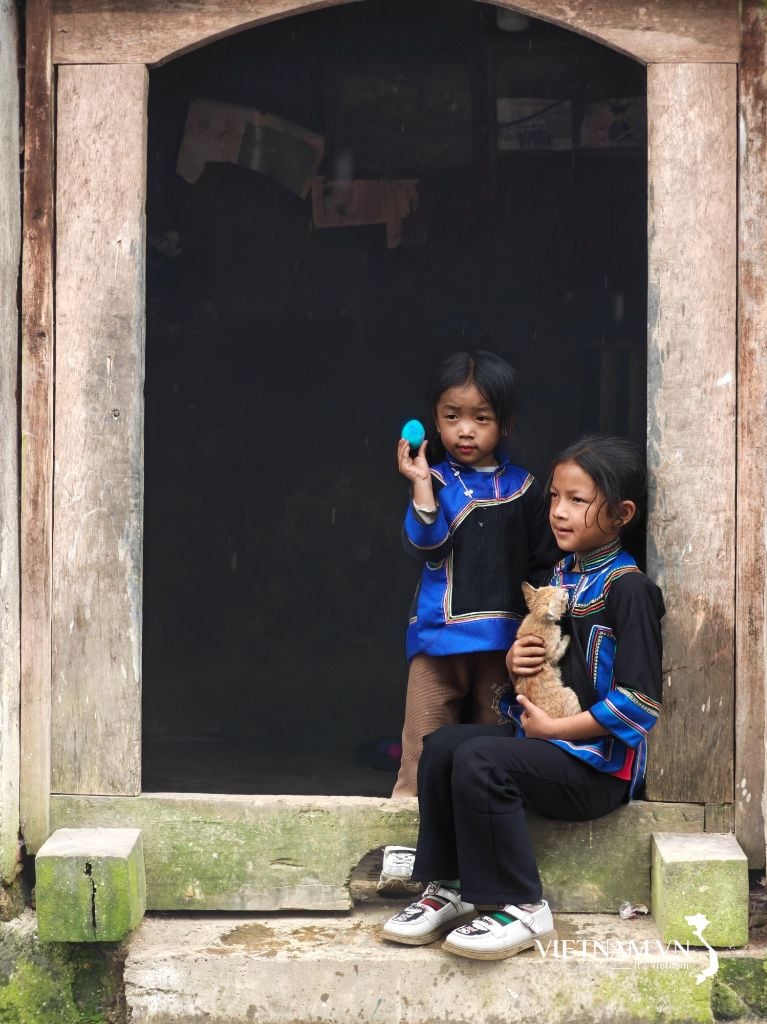
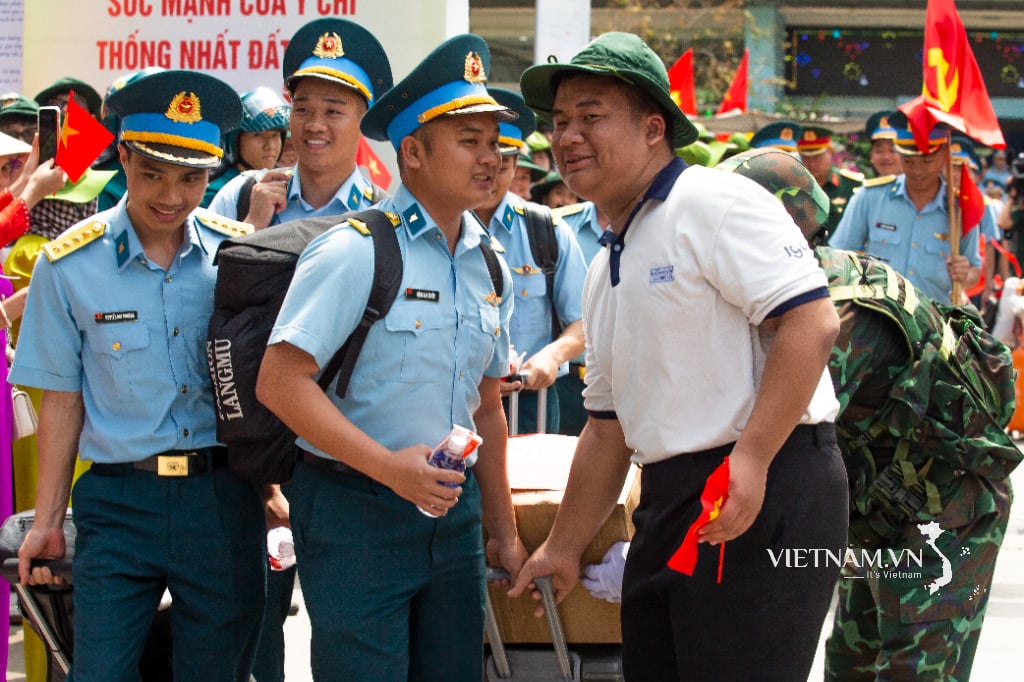

Comment (0)